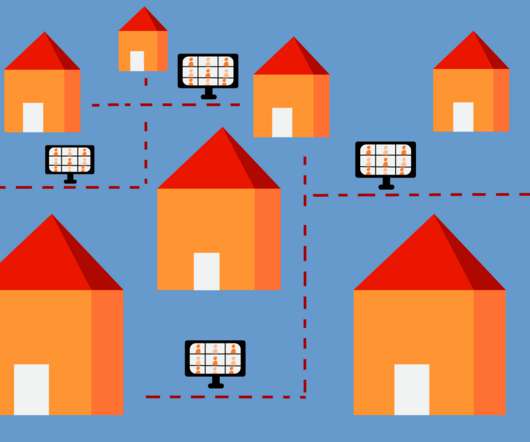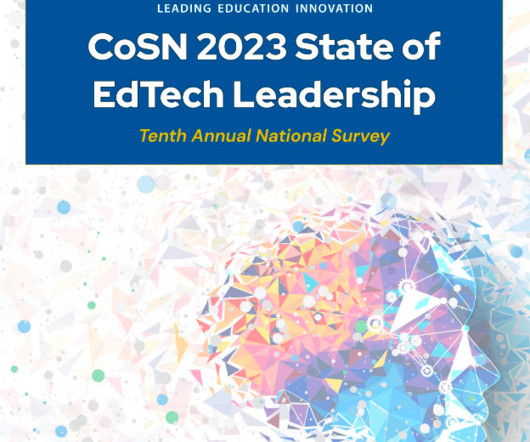3 Levels of Connectivity K–12 Schools Should Consider
EdTech Magazine
NOVEMBER 5, 2018
Technology has become an integral part of day-to-day classroom activities, used for everything from improving personalized learning initiatives to cutting down on unwanted behavior. Video has proven to be an effective learning tool as well. Individual Classroom Technology Use. Teachers are getting behind the movement as well.









































Let's personalize your content